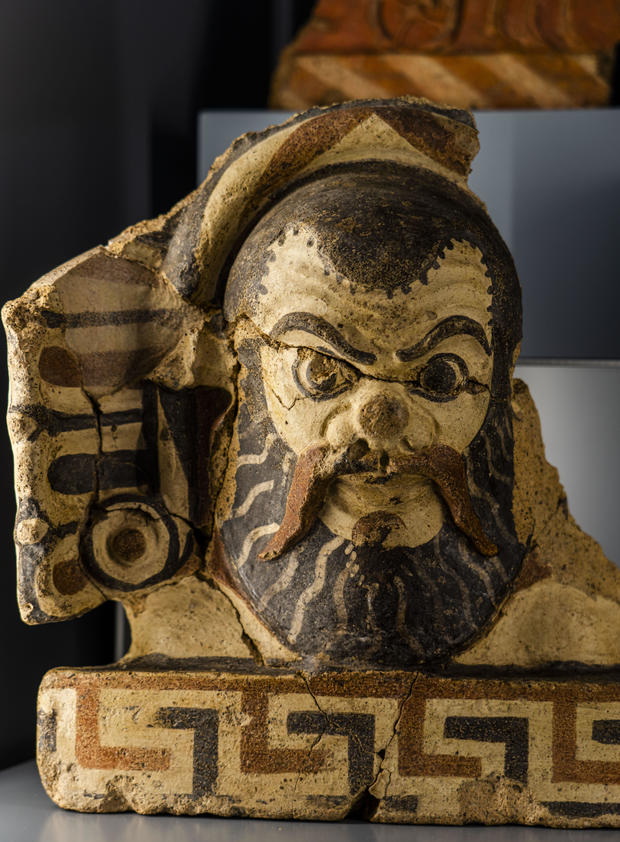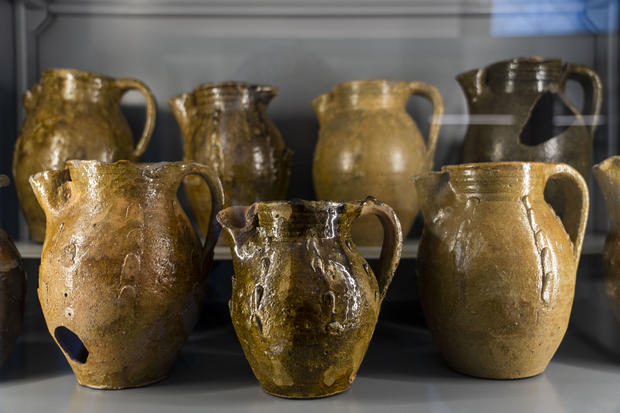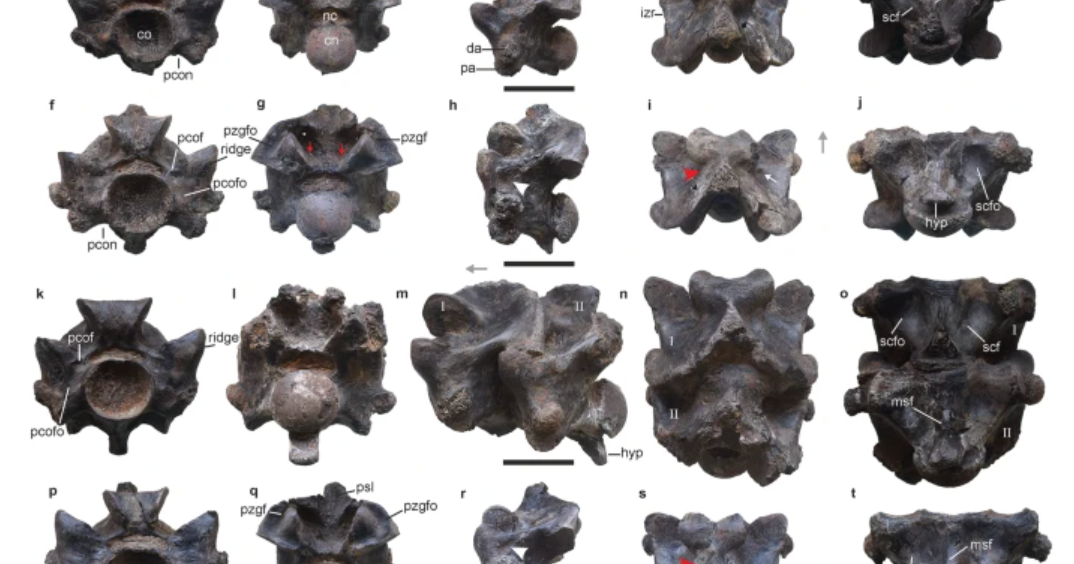Antiquities plucked from storeroom on Roman Forum display, including colored dice and burial offerings
Hundreds of remnants of ancient Roman life — including colored dice, rain gutter decorations depicting mythological figures, and burial offerings 3,000 years old — have long been hidden from public sight. Until now.
For the next few months, a limited number of visitors to the Roman Forum, Colosseum or Palatine Hill can view a tantalizing display of ancient statuettes, urns, even the remarkably well-preserved skeleton of a man who lived in the 10th-century B.C. All the exhibits have been plucked from storerooms in the heart of the Italian capital.
Indeed, so many artifacts are kept in storerooms that "you could open 100 museums," said Fulvio Coletti, an archaeologist with the Colosseum archaeological park. On Wednesday, Coletti stood at the entrance to a "taberna," a cavernous space which had served commercial purposes in ancient Roman times and belonged to the palace complex of the 1st-century Emperor Tiberius.
Three such "tabernae" now double as exhibition rooms for once-hidden antiquities. To give an idea of just how many more artifacts are still not on display, curators stacked enormous see-through plastic tubs, chockful of discoveries from some 2,000 years ago and bearing minimalist labels like "Ancient Well B Area of Vesta," a reference to the temple in the Forum erected to the goddess of the hearth.
One display holds row after row of ancient colored dice — 351 in all — that in the 6th century B.C. were tossed into wells as part of rituals. Also in the exhibit is a decoration from a temple rain-gutter depicting a bearded Silenus, a mythological creature associated with Dionysus, the wine god.
Some artifacts are displayed in showcases custom-made by archaeologist Giacomo Boni, whose excavations in the first years of the 20th century revealed dozens of tombs, including many of children. Some of the tombs dated from as far back as the 10 century B.C., centuries before the construction of the Roman Forum, the center of the city's political and commercial life, when the city's inhabitants dwelt in a swampy expanse near the River Tiber.
In one display case is the largely intact skeleton of a man who was a good 1.6 meters tall (about 5-foot-4 inches), on the taller side for his time, in the 10th century B.C. He was buried with some kind of belt, whose bronze clasp survived. Found in his tomb and on display are a scattering of grains, remnants of funeral rites. Layers of mud, formed in Rome's early days, helped preserve the remains.
The director of the Colosseum's Archaeological Park said staff were working to make an inventory of artifacts kept in more than 100 storerooms, whose contents up to now have been accessible to academics but few others.
"We want in some way to make objects come to light that otherwise would be invisible to the great public,'' Alfonsina Russo, the director, told The Associated Press.
"We're talking of objects that tell a story, not a big story, but a daily story, a story of daily life,'' Russo said.
Every Friday through July, visitors can admire the antiquities pulled out of the storerooms during 90-minute guided tours. The "tabernae" are small exhibition spaces, so only eight visitors can enter during each tour. Reservations are required, and visitors must buy an entrance ticket to the archaeological park. Park officials indicated they hope the initiative can be extended or renewed.





